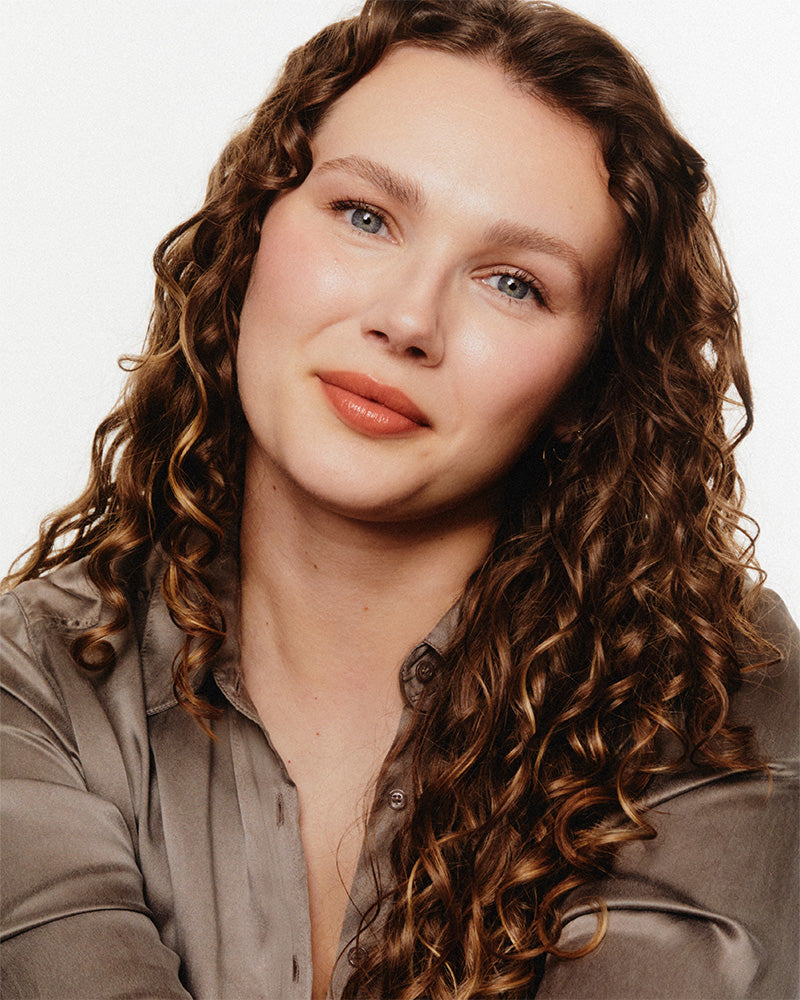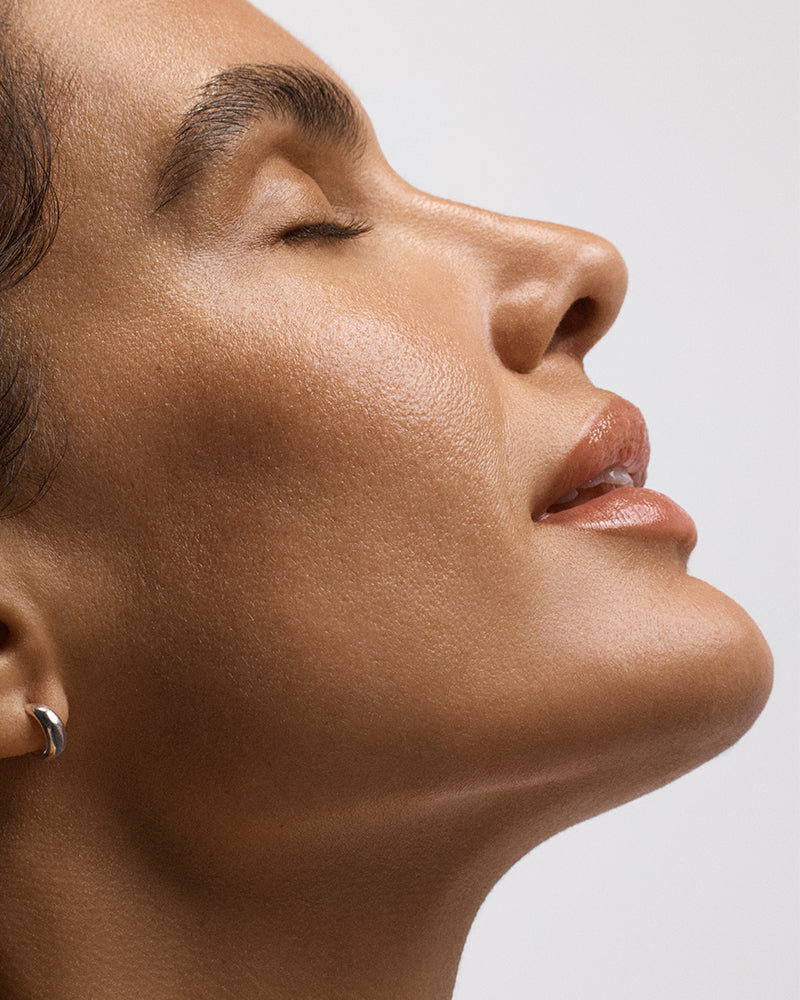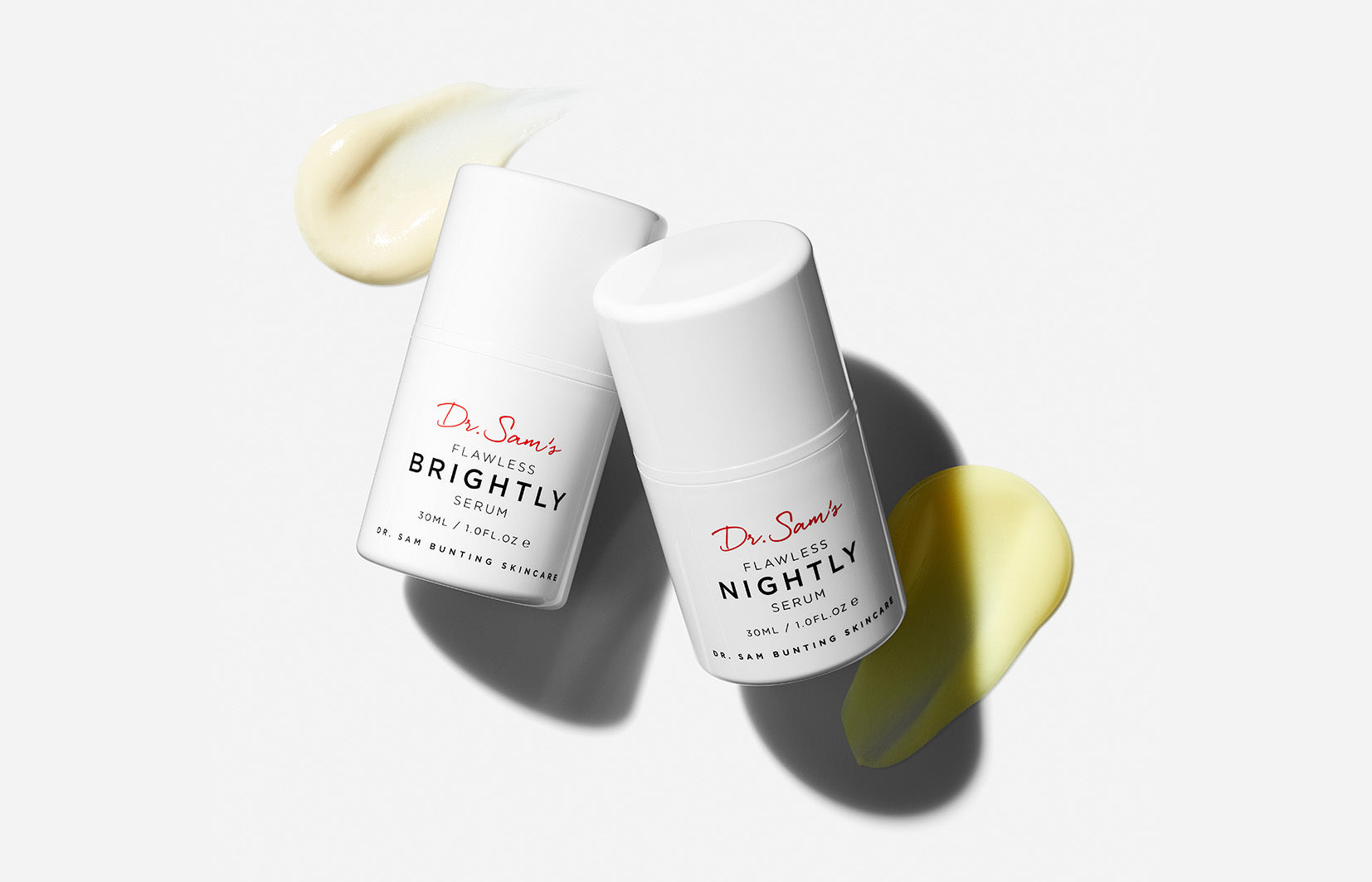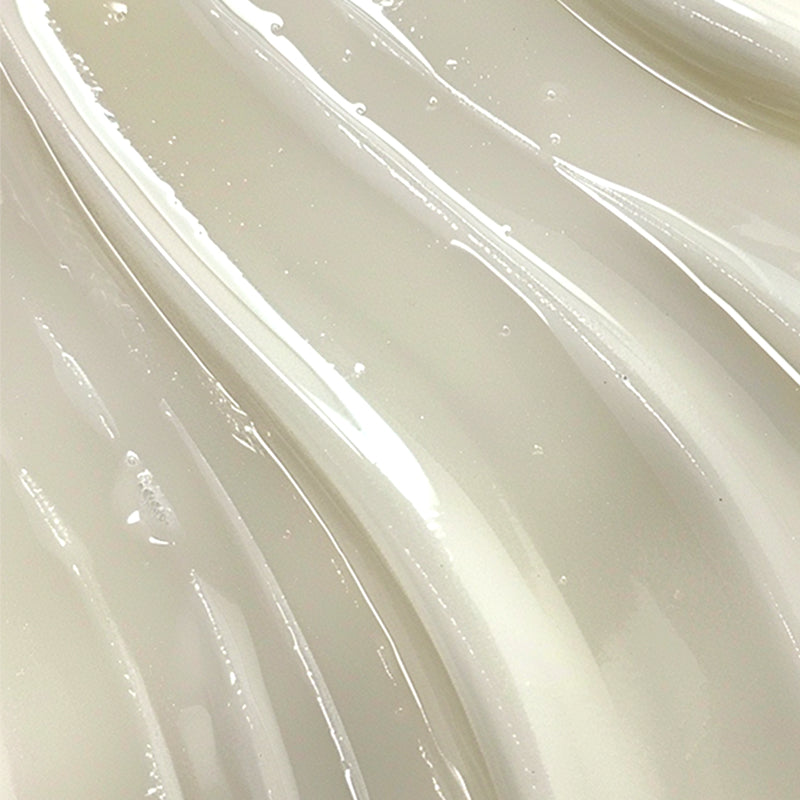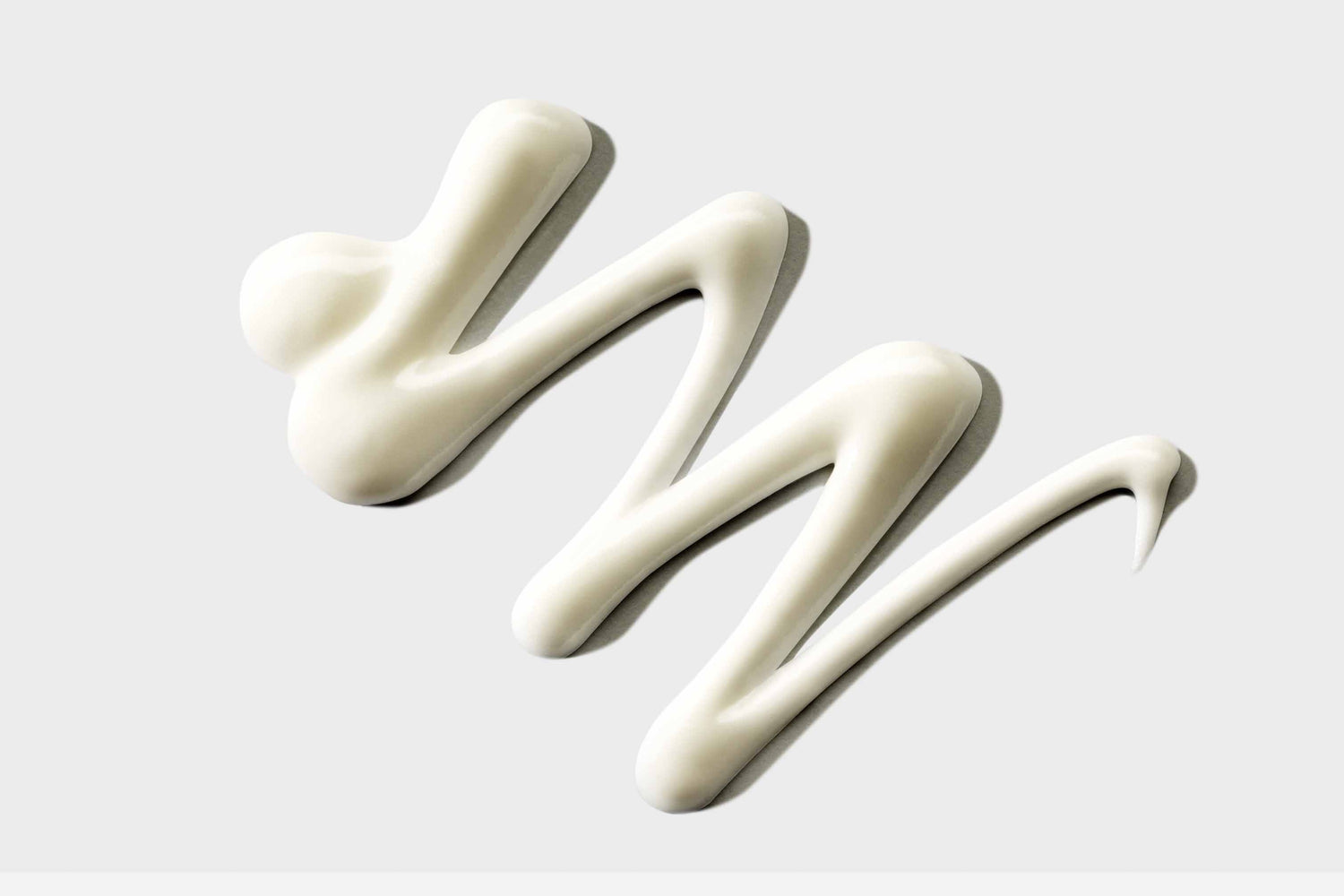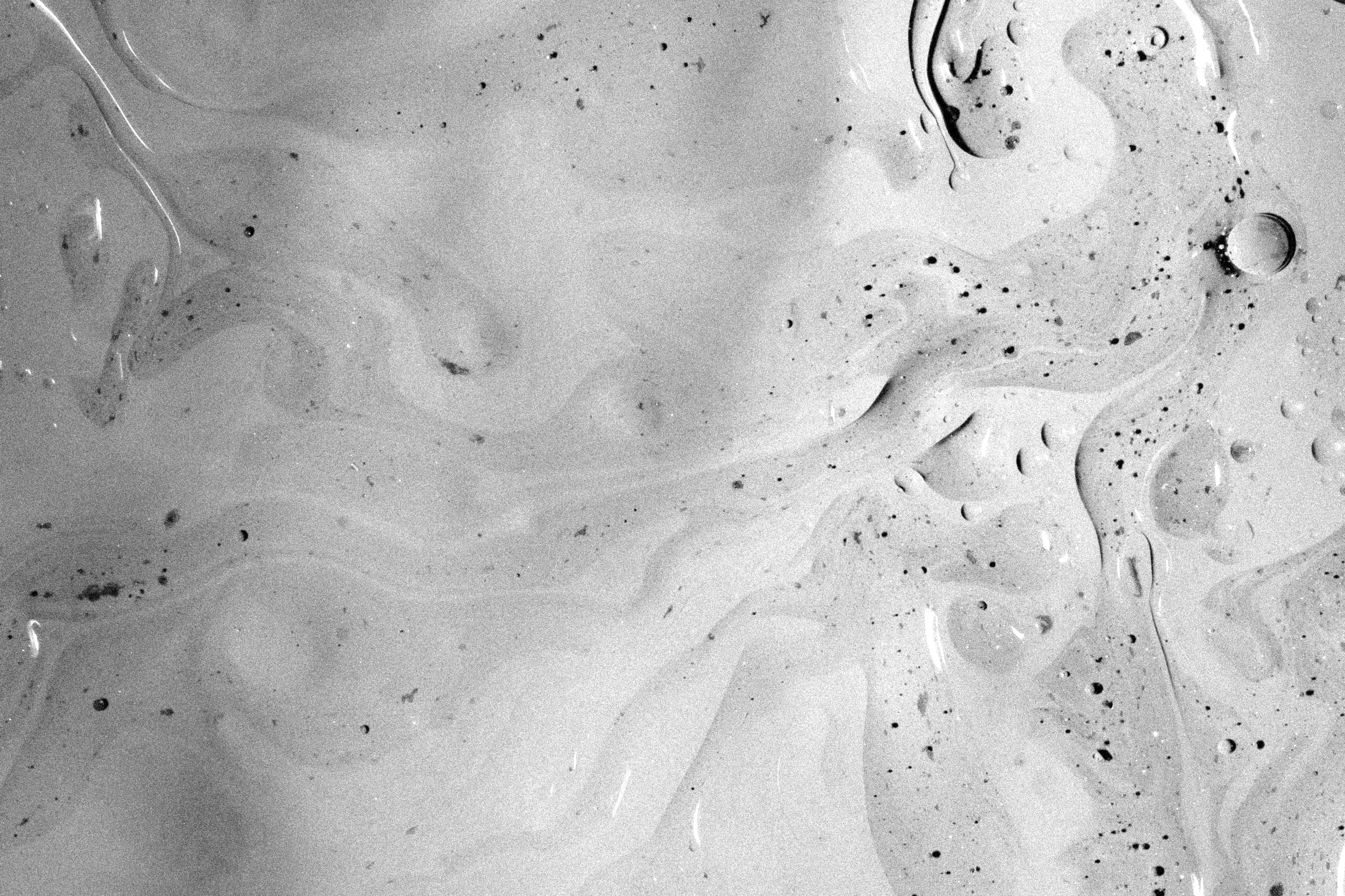If you’ve ever wondered ‘what is azelaic acid?’, let me introduce you to one of my all-time favourite actives.
No other active ingredient is as versatile and effective across so many different skin concerns. But one of its main benefits is in the treatment of acne.
It seems everyone is catching on, with a 400% increase in Google searches for ‘azelaic acid’ over the last few years. So, let’s start with the basics: what is azelaic acid? How does azelaic acid work? And how much azelaic acid to use in a routine? Let’s get into it.
What is azelaic acid?
It's a saturated dicarboxylic acid produced by a yeast, called Malassezia furfur, which has a number of different intracellular actions helping deliver its anti-blemish magic. It functions as an antioxidant, reduces inflammation by downregulating toll-like receptors and blocks the production of melanin by inhibiting tyrosinase. It’s what I like to call an acid with extra.
How does azelaic acid work?
It has the remarkable ability to tackle three out of four points on the acne highway:
- It’s anti-bacterial
- It’s anti-inflammatory
- It normalises keratinisation
As if that wasn’t enough, it even helps reduce post-inflammatory hyperpigmentation, so it’s fantastic at improving a post-acne complexion.
What are the side effects with azelaic acid?
As with almost all acne treatments, azelaic acid can cause irritation - but it’s considerably less irritating than most other acne actives. If your skin tends to veer on the sensitive side, bolster your actives use with a barrier-building moisturiser to support. Try Flawless Moisturiser Intense, which is clinically proven to rebuild the skin barrier after the first use. If using azelaic acid for the first time on typically sensitive skin, apply a layer of moisturiser first to act as a buffer. Then, go in with your active on top before “sandwiching” with a final layer of moisturiser. Over time, your skin should adjust and you can drop the buffer layer.

How long does azelaic acid take to work?
Like any other blemish treatment, the benefits of azelaic acid tend to kick in at around 8-12 weeks. It’s not uncommon for a bit of purging to happen as it starts to move things around in the follicle, meaning you might break out a little more than usual. Stick with it, it usually settles after a few weeks. To learn more, read our full guide on how to manage skin purging.
When to use azelaic acid in your routine
How does azelaic acid work best? With regular, consistent use. It can be used up to twice a day - but I generally like to combine it with a retinoid at night, so I use it in the morning to avoid overloading the barrier with too many actives.
Is azelaic acid pregnancy safe?
Yes, it’s safe to use throughout pregnancy and lactation. If you’re looking to learn more about pregnancy safe skincare, read Pregnancy and Postpartum Skincare, Decoded for everything you need to know.
Where can I get azelaic acid?
Azelaic acid is more widely available now in a number of different formats - gels, creams and serums, both on prescription and over-the-counter. It's even available in the US as a foam. I added this all-rounder ingredient to Flawless Brightly Serum for its multiple benefits: reducing redness, boosting brightness, evening skin tone and preventing future breakouts.
This serum is powered by a high-strength 10% azelaic acid, and bolstered by clarifying niacinamide, brightening vitamin C and smoothing bakuchiol for extra benefits.
Azelaic acid vs salicylic acid
Salicylic acid is derived from willow tree bark and is a beta hydroxy acid. This renders it oil soluble, which gives it an affinity for the t-zone and oily skin in general. It’s a salicylate, like aspirin, so it won’t surprise you that it’s anti-inflammatory and also anti-bacterial. Finally, it’s powerfully comedolytic, meaning it breaks down clogged pores. So far, so helpful. We typically use it at a strength from 0.5% - 2%.
In a nutshell: as an oil soluble acid, it has the ability to deep clean pores by dissolving dead skin cells and clearing them of any debris that can cause acne breakouts.
Which one will suit my skin concern?
I tend to use azelaic acid alone in rosacea, when rosacea and acne overlap, and for perioral dermatitis. I tend to use it for those with very sensitive skin and acne. Azelaic acid is also a staple in my toolkit for pregnant women who’re breaking out in the first trimester.
I rarely use salicylic acid alone - but I might do in the context of mild teen acne, with a few blackheads and an oily t-zone.
I use both azelaic acid and salicylic acid in someone with acne who can’t tolerate benzoyl peroxide, and also in combination for someone with marked inflammatory acne or with lots of PIH and congestion.
These are highly synergistic acids, especially in the context of acne. But the combination can be too much for some - in which case I’d suggest starting with azelaic acid. As I mentioned, the exception is for a teenager with an oily t-zone, who’s starting to get a few blackheads. In that case, I’d start with salicylic acid.
Azelaic acid for acne & rosacea
If I had to choose just one active ingredient which could deliver multiple benefits in many different clinical settings, azelaic acid would be a strong contender for top position.
It’s a versatile multi-tasker for patients with ‘overlap’ concerns, who may have a mix of rosacea, melasma and acne.
It’s the chemical exfoliant of choice when you’re prone to redness but also want to tackle pore clarity. It’s effective at preventing acne blemishes, as it helps to unclog pores and acts as an anti-inflammatory agent. And a great advantage is that there’s no issue with antibiotic resistance, so it can be used indefinitely without the risk of resistance.
Azelaic acid also inhibits the skin’s production of excess melanin, so is also useful in many patterns of hyperpigmentation, including dark marks that blemishes leave behind.
The bottom line: azelaic acid is one of my all-time favourite skincare ingredients, especially for overlap conditions, where acne coexists with rosacea or melasma. It’s also fantastic for long-term maintenance of acne control. Its versatility and efficacy are the reasons I made it a cornerstone ingredient in my Flawless Brightly Serum. I love it!
If you’re ready to learn even more about this wonder ingredient, read Azelaic Acid 101: How To Use It & What Are The Benefits? to become a pro.

